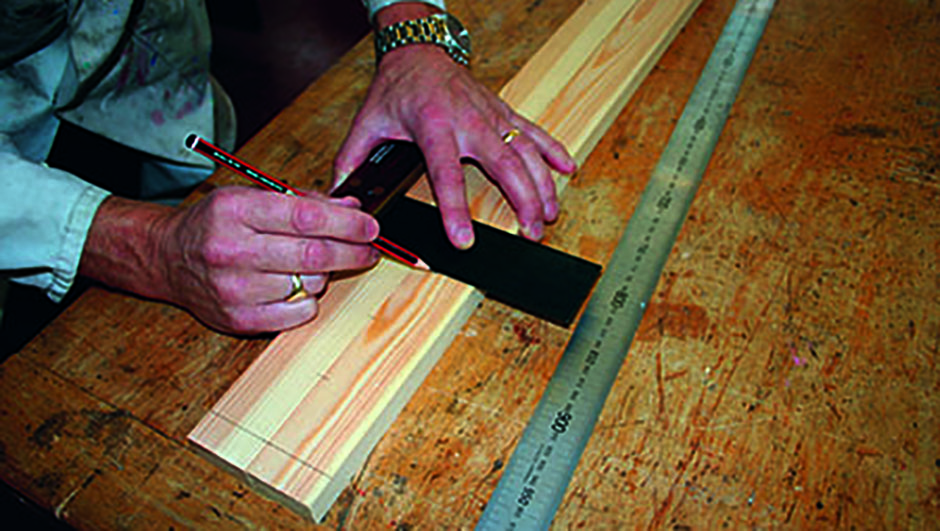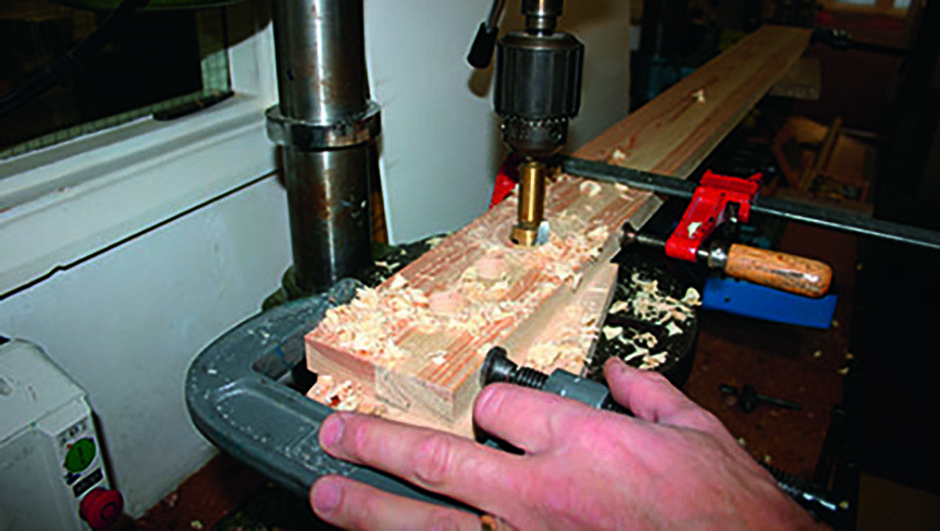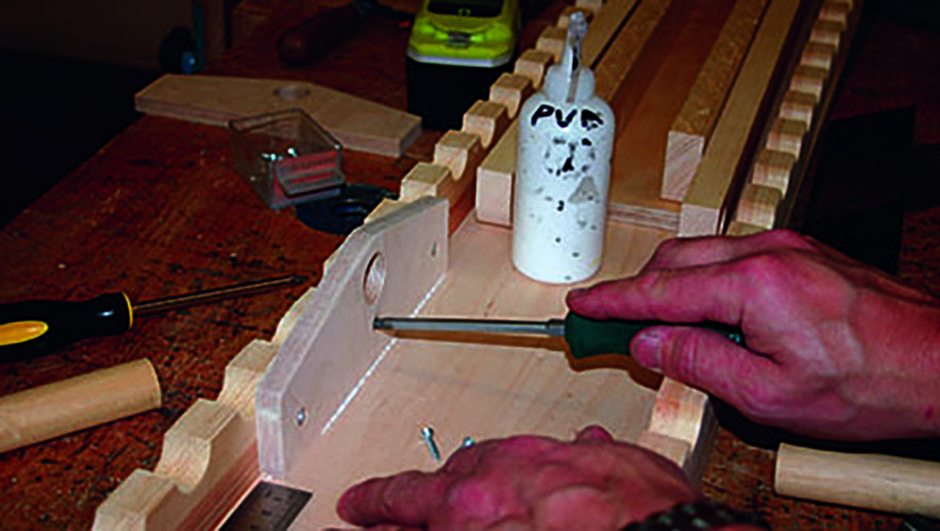Observing a well-placed object in the night sky is always a pleasure, but if the object is low on the horizon or close to the zenith, you may find you have to kneel on damp ground or crane your neck to get your eye close enough to the eyepiece.
It’s at times like these when an adjustable observing chair really comes into its own.
The wooden chair in thisHow tohas an adjustable seat that can be positioned anywhere between 150mm and 920mm off the ground.
This height range should be ideal for most amateur scopes, but there’s no reason why the design couldn’t be extended a bit.
You could even have kids stand on the platform – perfect for those ‘small child, big Dob’ moments.
Download plans and images to help with the build
Build an observing chair parts (PDF)
Build an observing chair plywood layout (PDF)
Build an observing chair step by step guide (PDF)
Tools and materials
Finishing- Treat the timber with varnish, preservative wood stain or exterior paint. The choice of colour is up to you, though bear in mind that lighter colours are easier to spot in the dark.
Sundries- Thirty 25mm No 8 countersunk screws, waterproof PVA wood glue, two M6 x 40mm bolts and wing nuts.
Timber- All of the plywood parts can be cut from one 1220mm x 1220mm piece of 12mm-thick board. You also need two 3m lengths of 44mm x 20.5mm softwood. For the pivots, cut up a 500mm length of 25mm dowel.
Tools- Coping saw, jigsaw or scroll saw; electric or pillar drill with 4.5mm, 25mm (to suit dowel) and countersink bits; G-clamps, screwdriver.
You can make this observing chair with a basic tool set and minimal woodworking skills, but if you own (or can borrow) an electric or pillar drill, and an electric jigsaw or scroll saw, you will be able to speed up the process – and perhaps ensure a bit more accuracy.
All of the materials you need can be easily obtained from most timber merchants or DIY stores.
If you are lucky, you may be able to get the main parts cut to size for a small charge in the store when you buy the wood, leaving just the fiddly bits to deal with yourself.
The chair is based on one created by Canadian amateur astronomer Ed Hitchcock – which itself borrows from some commercially made examples – so its design is well evolved, and includes a number of features that will enhance your observing experience.
For example, the chair can be folded flat for storage.
If you want to take it anywhere by car, you can easily unscrew the spreader leg, which makes it small enough to fit across the back seat.
We chose to fix the spreader leg to the rear support because this makes it easier to fit the front of the chair between tripod legs.
At the workbench
Apart from the woodscrews, all the parts are made from timber.
The pivots are made from 25mm wooden dowels, which can be found in most DIY stores, though you could also use an old broom handle.
You will need a drill bit to match this dowel, and sometimes a little sanding or filing is required for a nice fit.
However, it isn’t too tricky to make a strong and accurate chair.
If you use plywood for the seat brackets, we recommend gluing two pieces together for each side to give them extra thickness – though we were lucky enough to find some hardwood (ash) in our offcuts box for these, which added a touch of quality.
If you have access to hardwoods and wide natural boards, you can substitute them for the softwood and plywood parts.
This improves the durability and also allows a degree of customisation.
In any case, avoid using MDF or chipboard as these materials can break down when they become damp and get knocked about.
Using the chair is straightforward.
Once the spreader leg is fixed on, simply unfold the rear support and the brace will drop into place, securing the shape.
The seat can be raised and lowered easily, but once you sit on it, it locks into position and cannot drop down.
There are a number of additions you may want to consider.
If you are planning on using the chair for long sessions, you could add a footrest for extra comfort or a second seat for a friend.
You could attach a rail to the side for children to hold onto if they are standing on the seat, or add an accessory tray to hold your eyepieces.
However you decide to build your chair, it will be an invaluable observing companion for many years to come.
Unless you use MDF, of course.






